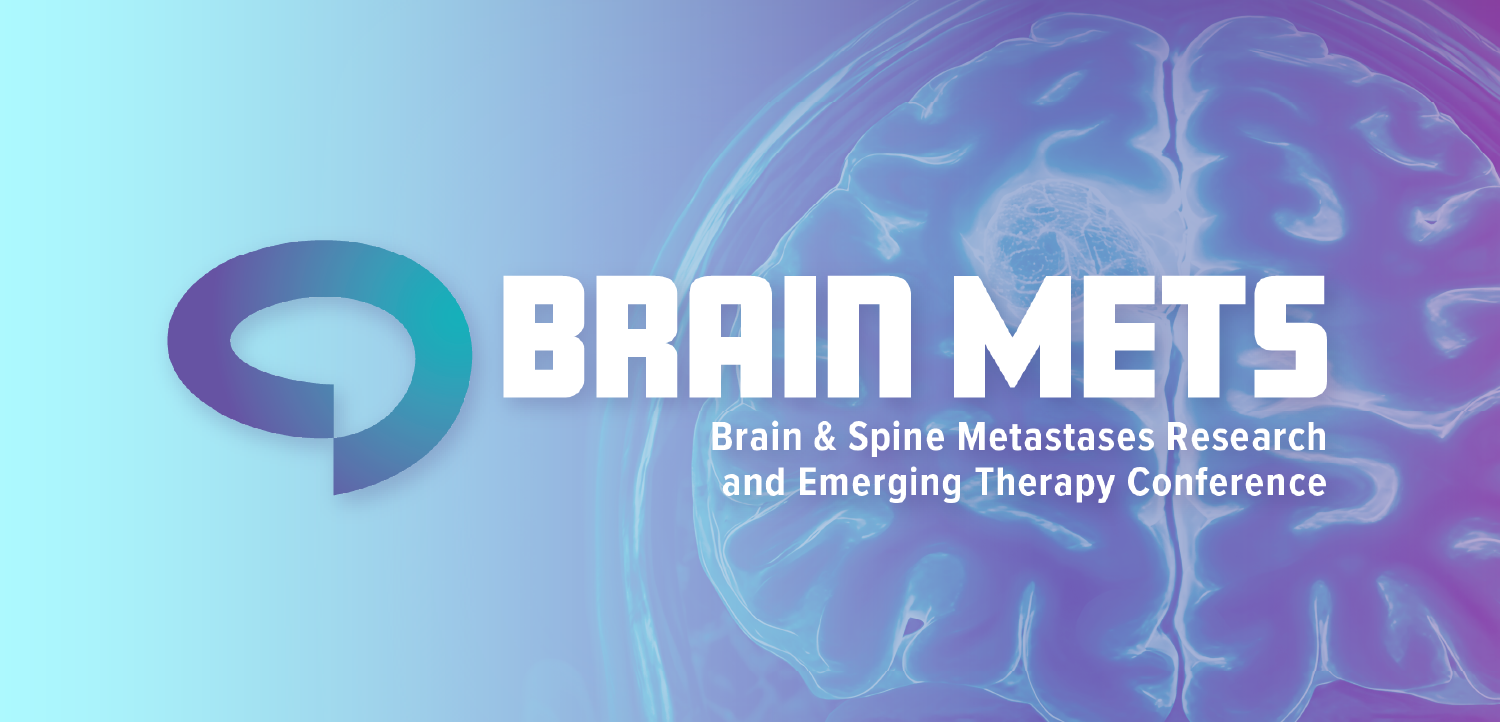
Mitigating increased compliance risk through effective governance | Viewpoint
Federal officials are giving more scrutiny to the financial arrangements between hospitals and health systems and their employed and contracted physicians.
Within the last 12-24 months, healthcare organizations have experienced intensified scrutiny from the Department of Justice, the Department of Health and Human Services, and the Centers for Medicare and Medicaid Services regarding Physician Self-Referral Law (Stark Law) and Anti-Kickback Statute compliance.
Among the primary focal areas of this scrutiny are the financial arrangements between hospitals and health systems and their employed and contracted physicians. At their core, these federal laws require that physician compensation is consistent with fair market value.
Fair market value is not strictly defined but is determined based on a variety of factors including but not limited to the following: specialty, experience, subspecialized training, special skill sets, market demand, peer compensation levels as noted in industry benchmarks, administrative or teaching responsibilities, on-call shift coverage, as well as other after-hours responsibilities.
Most importantly, compensation cannot be based on the volume or value of patient referrals. Physicians cannot receive a financial incentive, whether that incentive is paid directly or built into the compensation plan, for the referral of federal healthcare program patients (e.g., Medicare, Medicaid).
The case for compliance
In its January 15 press release summarizing False Claims Act settlements and judgments, the Justice Department noted that it received more whistleblower actions in 2024 than any other year in history. In 2024 alone, the DOJ collected $2.9 billion in False Claims Act settlements, of which $1.67 billion were related to violations within the healthcare industry.
Major drivers of these fines included submitting fraudulent claims to Medicare and Medicaid, overpaying physicians for referrals that were ineligible for Medicare reimbursement, offering kickbacks to doctors in exchange for Medicare referrals and improper, excessive compensation and productivity bonuses for providers.
With intensifying scrutiny, it is increasingly important to acquire a contemporary understanding of best practices and potential pitfalls while also conducting regular audits to ensure compliance.
With multi-million dollar settlements resulting from multiple year investigations a potential outcome, health systems simply cannot risk the cost of responding to DOJ inquiries or violations.
Robust compensation governance: A cornerstone of risk mitigation
A robust governance process is the cornerstone of ensuring compliance within physician compensation programs. This process should include guidelines to ensure that the total compensation paid to both employed and contracted physicians is consistent with fair market value. Additionally, organizations should be able to demonstrate that their physician compensation arrangements are commercially reasonable—that is, that they serve a legitimate business purpose.
In addition to developing a consistent and transparent process for evaluating physician compensation arrangements, organizations should also ensure they have the appropriate talent in place to effectively manage physician compensation, and that organizational stakeholders supporting the compliance program have the requisite training and experience to ensure effective compliance. By adhering to clearly defined policies and oversight mechanisms, healthcare organizations can ensure alignment with federal regulatory standards, including the Stark Law and Anti-Kickback Statute.
Of special note with respect to the administration of physician compensation: mistakes happen. Most are likely unintentional but whether intentional or not, it is critically important that an organization’s compliance program has an established process to handle mistakes.
A dangerous fact pattern on the government’s radar is awareness of a problem coupled with the failure to correct. Once a problem is known, it is imperative to develop a plan of action to course correct, and execute on that plan.
Organizations that develop effective governance mechanisms and demonstrate consistent adherence to organizational policies stand a much better chance of preventing qui tam complaints and withstanding investigation should one occur.








































